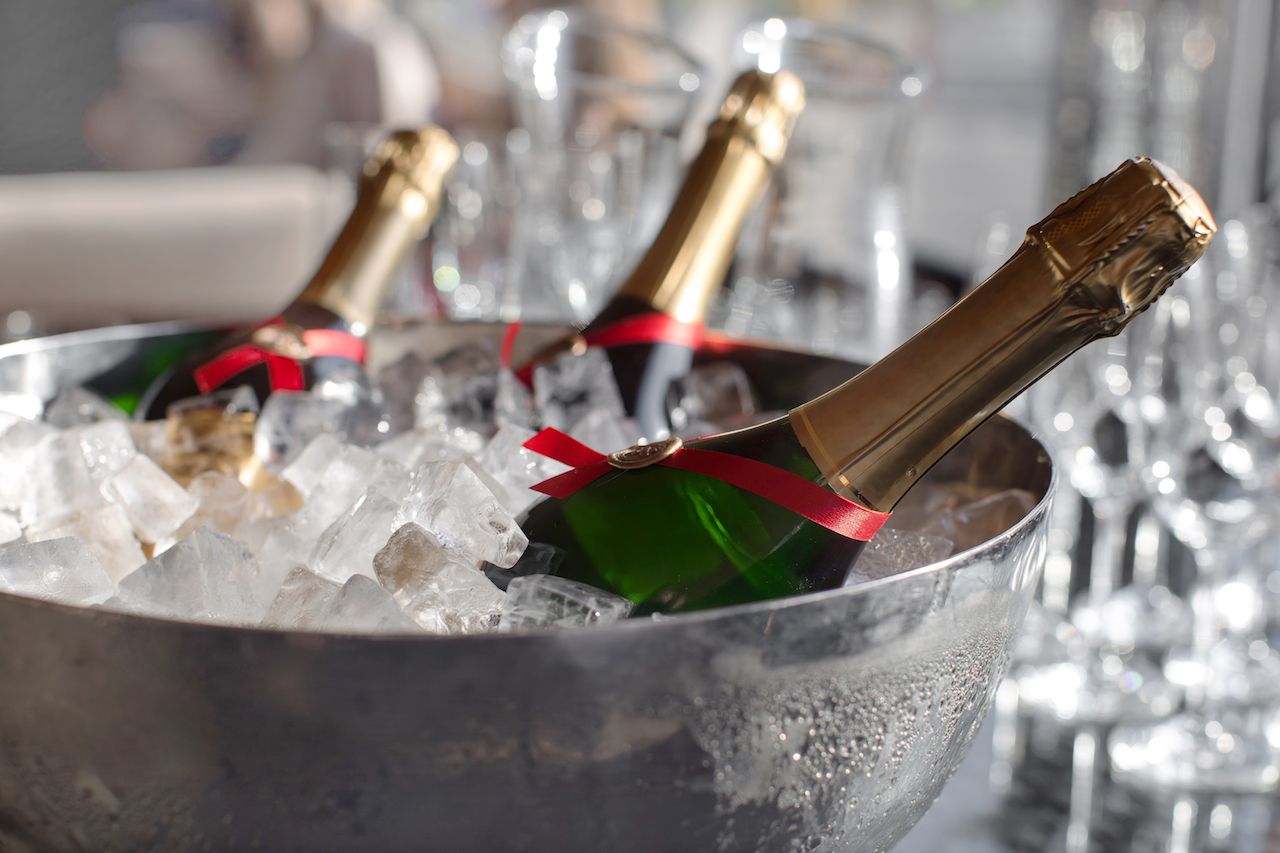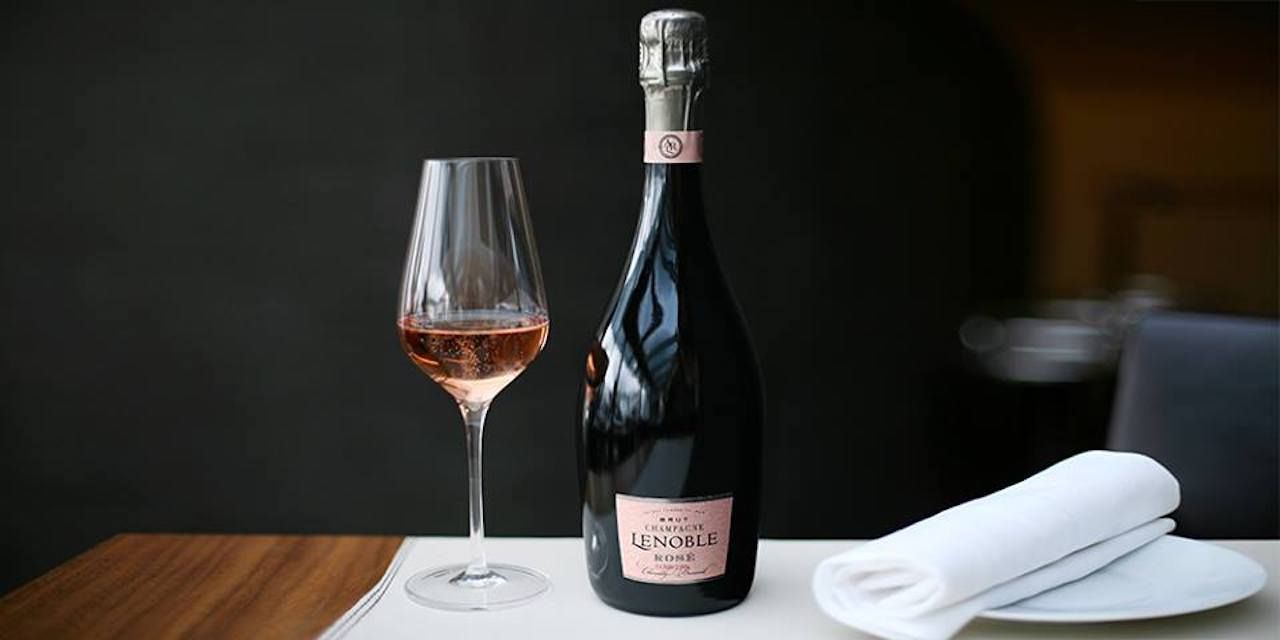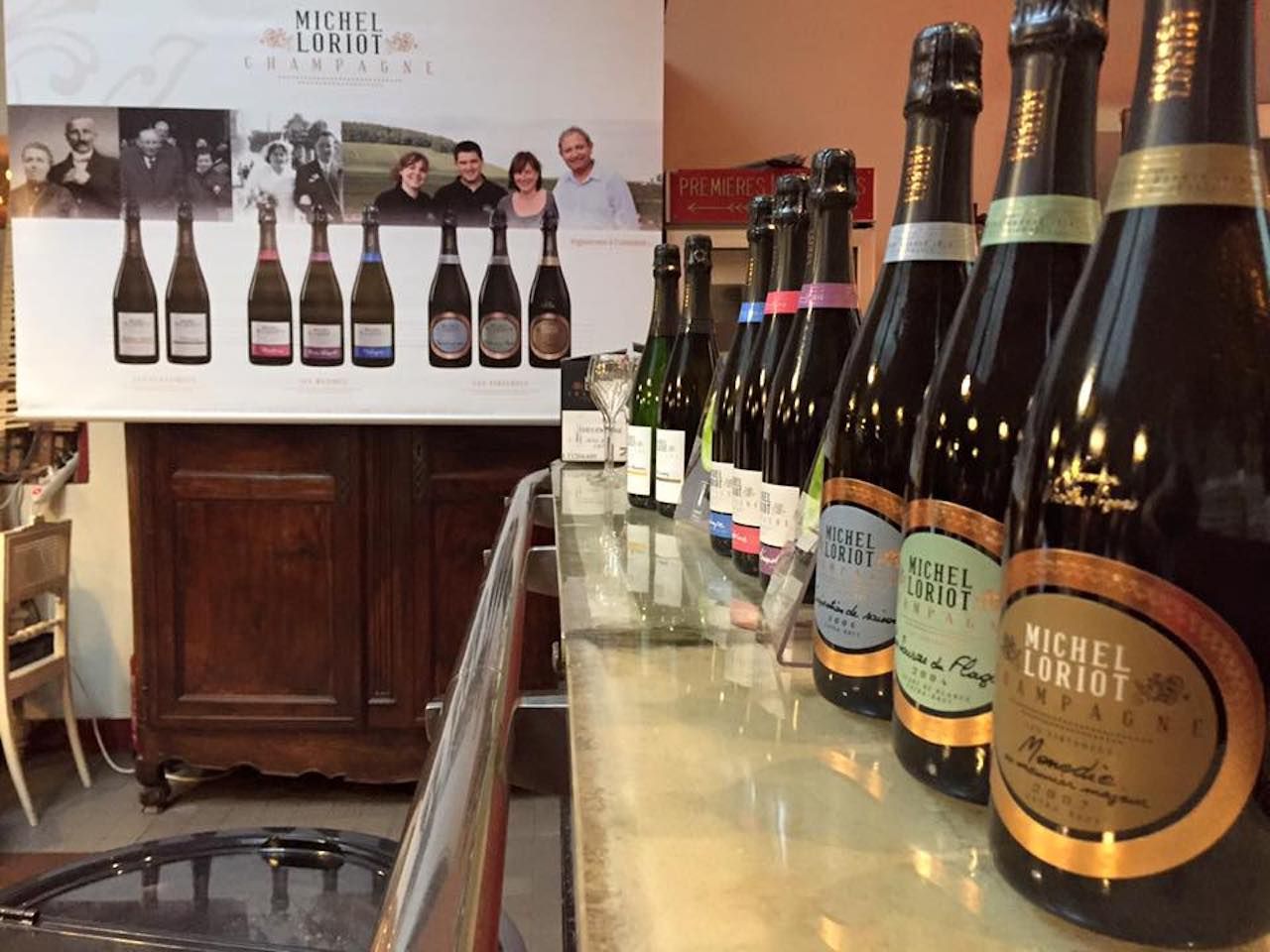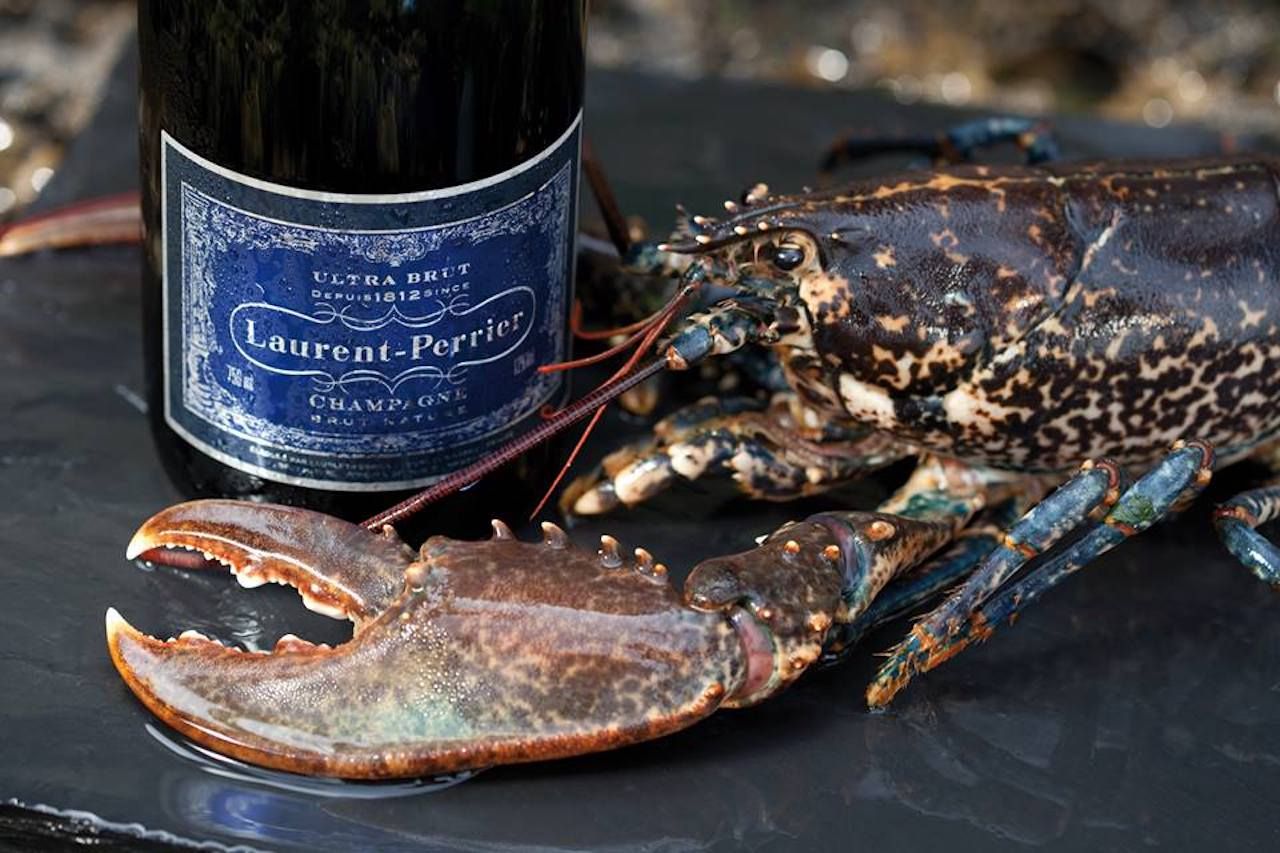Few drinks are as revered as Champagne. You could be celebrating a wedding in Wisconsin one day and then staying out until 4:00 AM in a New York City club the next, and there’s a good chance you’ll see people popping bottles of Champagne. Those same bottles are likely sitting in the finest restaurants around the world just waiting for someone to order them. Good luck finding anything else with that level of cachet.

How to Drink Champagne Like They Do in Champagne, France
But Champagne is more than just a beverage; it’s also a place. Every bottle of real Champagne comes from Champagne, France, on the northeastern edge of the country. If it doesn’t come from the designated Champagne region, then it’s not Champagne. Needless to say, people in Champagne have a different — and deeper — understanding of the beverage served around the world.
Matador Network caught up with three people who live in Champagne and/or work with Champagne wines to learn about how the bubbly is enjoyed in its home region. Because nobody knows Champagne like those who are there on the ground with it day in and day out. The experts we spoke to were Arnaud Richard, the director of marketing and communication of Champagne Laurent-Perrier; Christian Holthausen, the director of communications at Champagne AR Lenoble; and Marie Petit Loriot, the winemaker behind Apollonis Champagne Michel Loriot.
Temperature is key, as is how you reach that temperature.

Photo: Demkat/Shutterstock
Champagne should be served between eight and 12 degrees Celsius (46 to 53 degrees Fahrenheit). A properly chilled Champagne “expresses floral notes, whereas fruit or pastry-like flavors appear as the temperature increases,” Richard says.
Petit Loriot likes to serve at the slightly lower temperature of six degrees Celsius (42 degrees Fahrenheit). This is “because the temperature will increase in the glass during the degustation (tasting).”
Don’t panic if you forgot to chill your bottle. The number one rule on chilling it down is to never put it in the freezer. Instead, “place the bottle in an ice bucket for half an hour or store the bottle on its side in the bottom of your refrigerator for four hours,” Holthausen says.
Get rid of the Champagne flute.

Photo: Champagne AR Lenoble/Facebook
Pretty much every Champagne photo you see has the bubbly in a tall and skinny glass, known as a flute. Stop that. Everything you see is wrong.
“Champagne is a wine,” Halthausen says. “Champagne should be served in a wine glass. Flutes are an insult to the wines of Champagne.” AR Lenoble uses the Zalto Hand-Blown Universal Wine Glass.
“As the glass shape physically affects what we sense, it is primordial to choose the proper glassware,” Richard says. Flute and coupe glasses, the wide-mouthed glass that’s also commonly used for Champagne, are less than ideal. Richard uses a glass with a tulip shape where the glass curves in at the top because it allows bubbles to rise to the surface while the lip of the glass holds in the aroma of the wine.
“Even if there are bubbles,” Petit Loriot says, “the Champagne is first a wine.”
On glassware, Richard also offers this tip: “Always rinse the glasses with hot water before use, so the detergents do not destroy the bubble effect.”
Stop thinking of Champagne solely as a special occasion drink.

Photo: Apollonis – Champagne Michel Loriot/Facebook
Just because it’s associated with fancy parties doesn’t mean it’s not for everyday drinking, as well. As Petit Loriot says, “All occasions are good to drink Champagne! We say, ‘Champagne is the only beverage you can drink in any position (situation).’”
Champagne isn’t a unilateral beverage. 2017 was one of the highest sales years for Champagne, and there are bottles in pretty much every price range. Despite that, two-thirds of Champagne is sold from September to December, according to The Drinks Business. That’s not so in the homeland of the drink.
Like other wines, there’s a lot of variation between Champagne houses and producers. Champagne is primarily made with three grape varieties: chardonnay, pinot meunier, and pinot noir. The winemaker decides how much (if any) of each grape will be used, as well as how dry or sweet the wine is. The most common categories from dry to sweet are brut nature, extra brut, brut, and demi sec.
There are just as many different times to drink it as there are styles.
“There is no reason needed to enjoy a glass of Champagne with good friends and family!” Richard says. “It is also important to look at food pairings. Champagne is a wine, and it perfectly pairs with almost every food (and therefore occasions!).”
Find a Champagne that pairs with every dish you eat.

Photo: Champagne Laurent-Perrier/Facebook
“People in Champagne drink Champagne with everything,” Halthausen says. All of the variety in Champagne makes it a versatile drink for any dinner. All you have to do is find the right bottle.
“There are so many ways to pair Champagne with food,” Richard says. “Some of them are traditional, some are unexpected. We believe Champagne can pair with almost anything.”
Laurent-Perrier makes Champagne in just about every category. For pairings, Richard suggests an ultra brut with seafood and Parmesan cheese, Cuvée Rosé with spicy food and Chaource cheese, brut Champagne with foie gras terrine and poultry, and demi secs with sweet or savory desserts.
Like all wines that are good for pairing with food, however, the options are endless. “I think in Champagne, we have no limit to pair Champagne,” Petit Loriot says. There’s a Champagne out there for aperitifs, dessert, and cigar sessions, “even pizza and cheeseburgers,” she says.